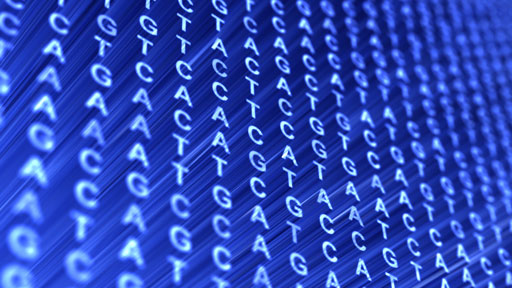The findings, reported online October 29, 2014, in Nature, provide a better understanding of some of the genetic and cellular changes in pathways and processes thought to be involved in ASD, and eventually may help lead to potential therapies. ASD, a complex disorder that affects one in 68 children in the United States, frequently affects a person's behavior and ability to interact with others.
The scientists identified variations and mutations in genes in three pathways that are important to normal development. In each case, the changes in these pathways were linked to autism risk. They include:
- Synaptic function. Synapses are the spaces between nerve cells over which brain messages must travel. Mutations in synaptic genes and synapse formation and function can alter these messages.
- Chromatin remodeling. DNA is packaged into chromatin in cells. Changes in this packaging can affect which genes are turned on and off, and the formation of neural connections in the brain.
- Transcription. Instructions embedded in genes must be transcribed, or read, to build proteins, the workhorse of the cell. Transcription mistakes can affect a wide range of important processes in the brain, from controlling gene activity to transmitting messages.
The research was supported by the National Human Genome Research Institute (NHGRI), the National Institute of Mental Health (NIMH) and other funding sources. NHGRI and NIMH are parts of NIH.
ARTICLE:
De Rubeis, et al. Synaptic, transcriptional and chromatin genes disrupted in autism Nature. October 29, 2014. [DOI:10.1038/nature13772]
WHO:
Adam Felsenfeld, Ph.D., program director, Genome Sequencing Program, Division of Genome Sciences, NHGRI.
NHGRI is one of the 27 institutes and centers at the National Institutes of Health. The NHGRI Extramural Research Program supports grants for research and training and career development at sites nationwide. Additional information about NHGRI can be found at http://www.genome.gov.
About the National Institute of Mental Health (NIMH): The mission of the NIMH is to transform the understanding and treatment of mental illnesses through basic and clinical research, paving the way for prevention, recovery and cure. For more information, visit the NIMH website.
About the National Institutes of Health (NIH): NIH, the nation's medical research agency, includes 27 institutes and centers and is a component of the U.S. Department of Health and Human Services. NIH is the primary federal agency conducting and supporting basic, clinical, and translational medical research, and is investigating the causes, treatments, and cures for both common and rare diseases. For more information about NIH and its programs, visit http://www.nih.gov.



